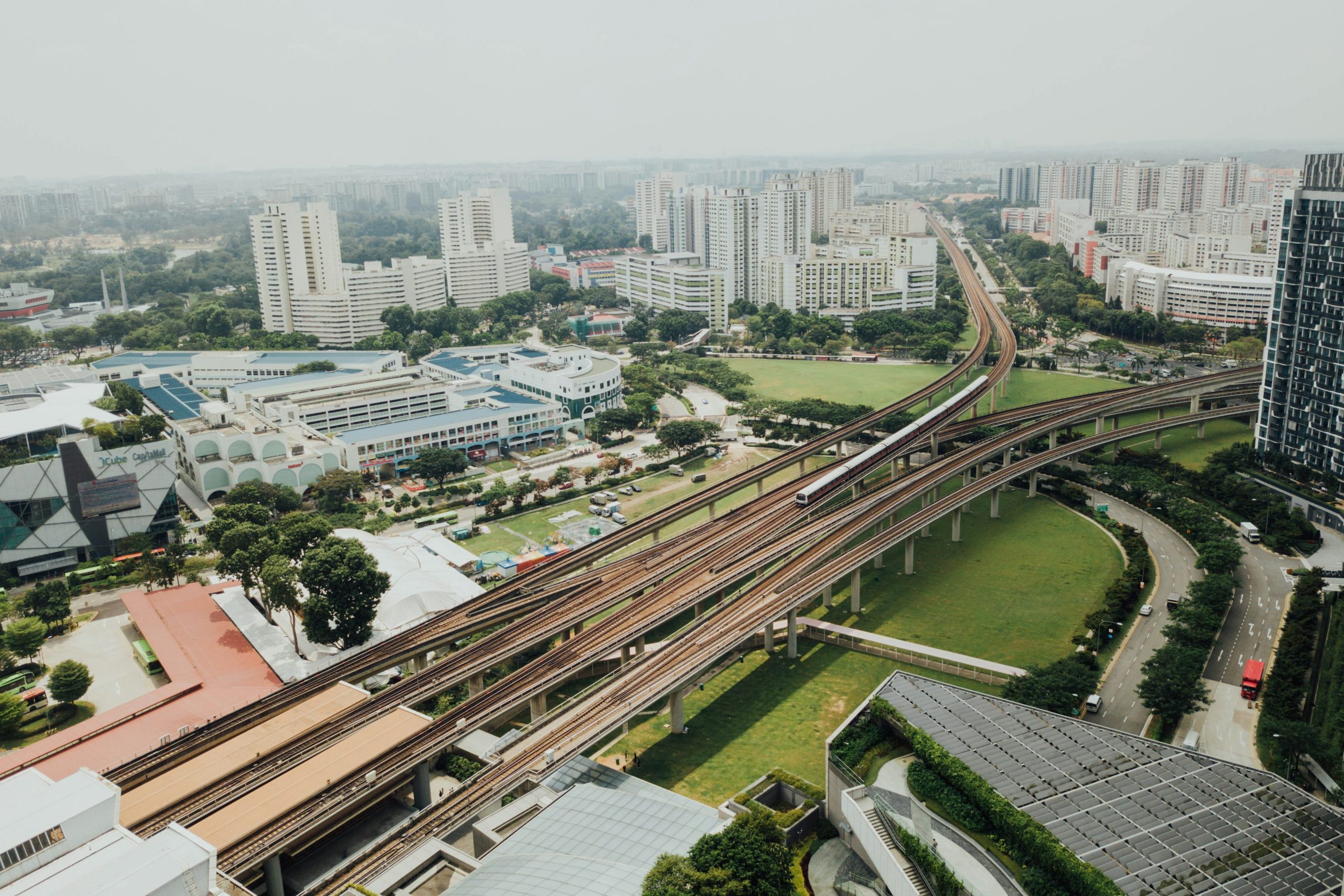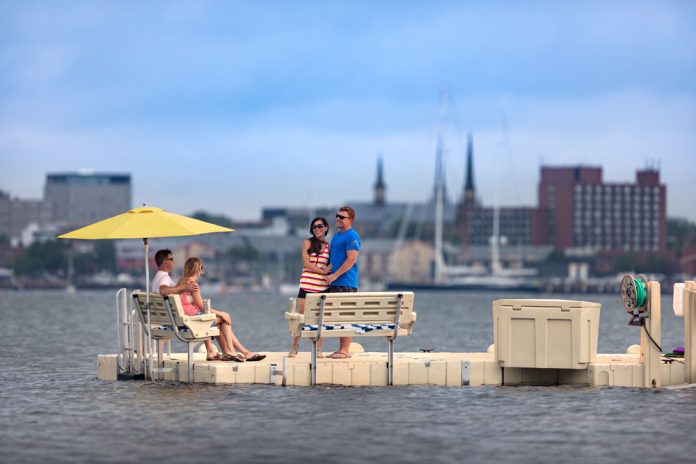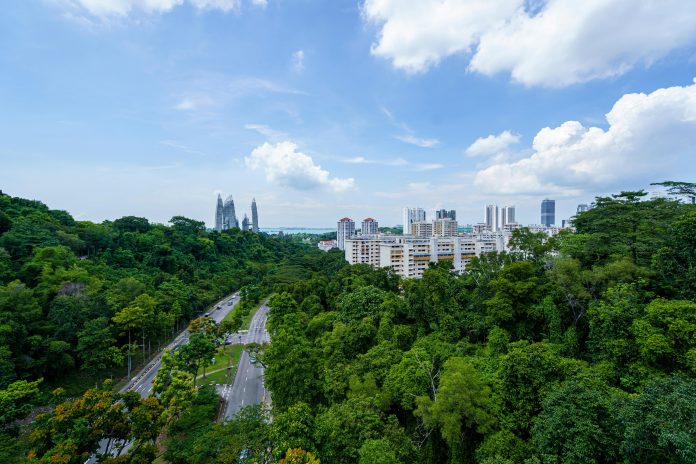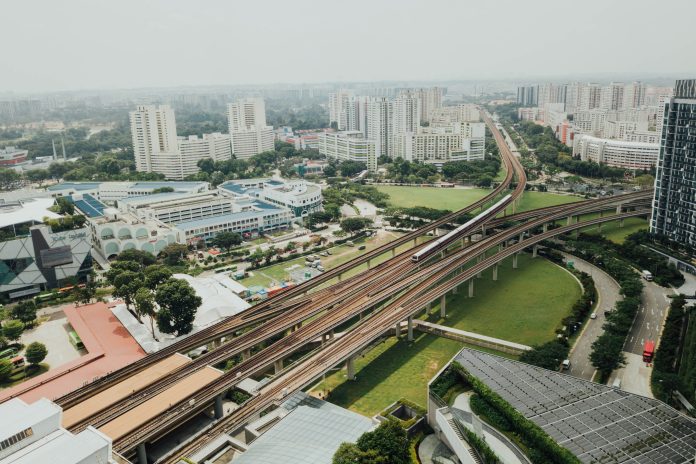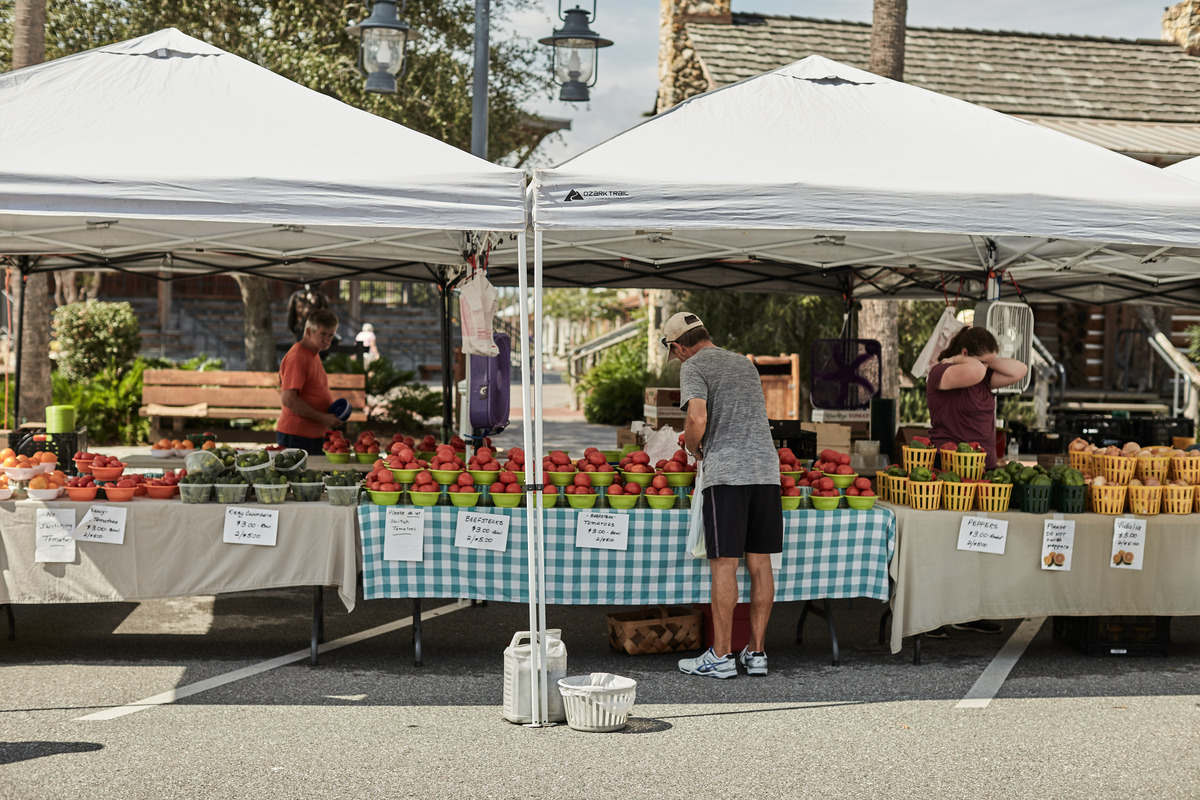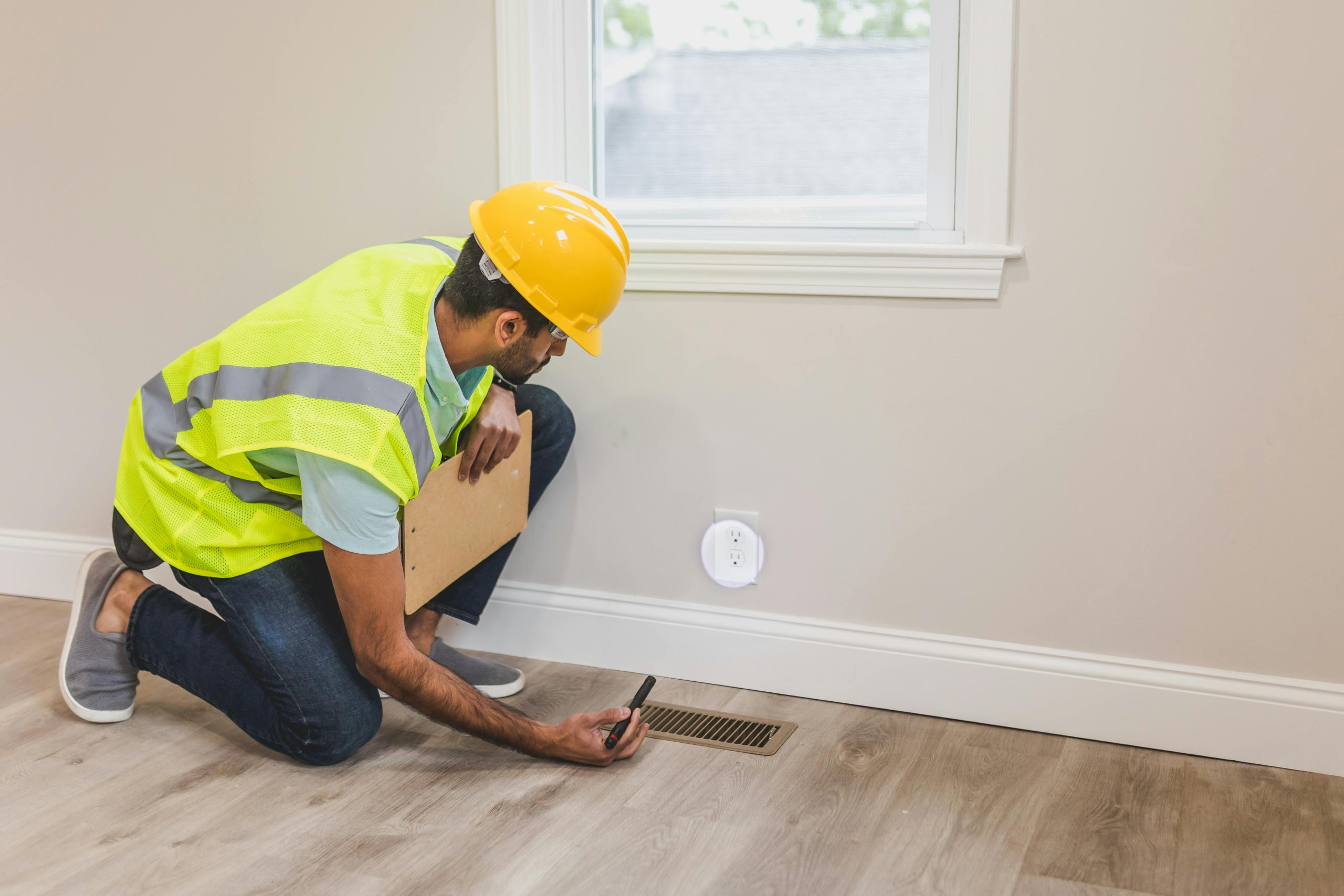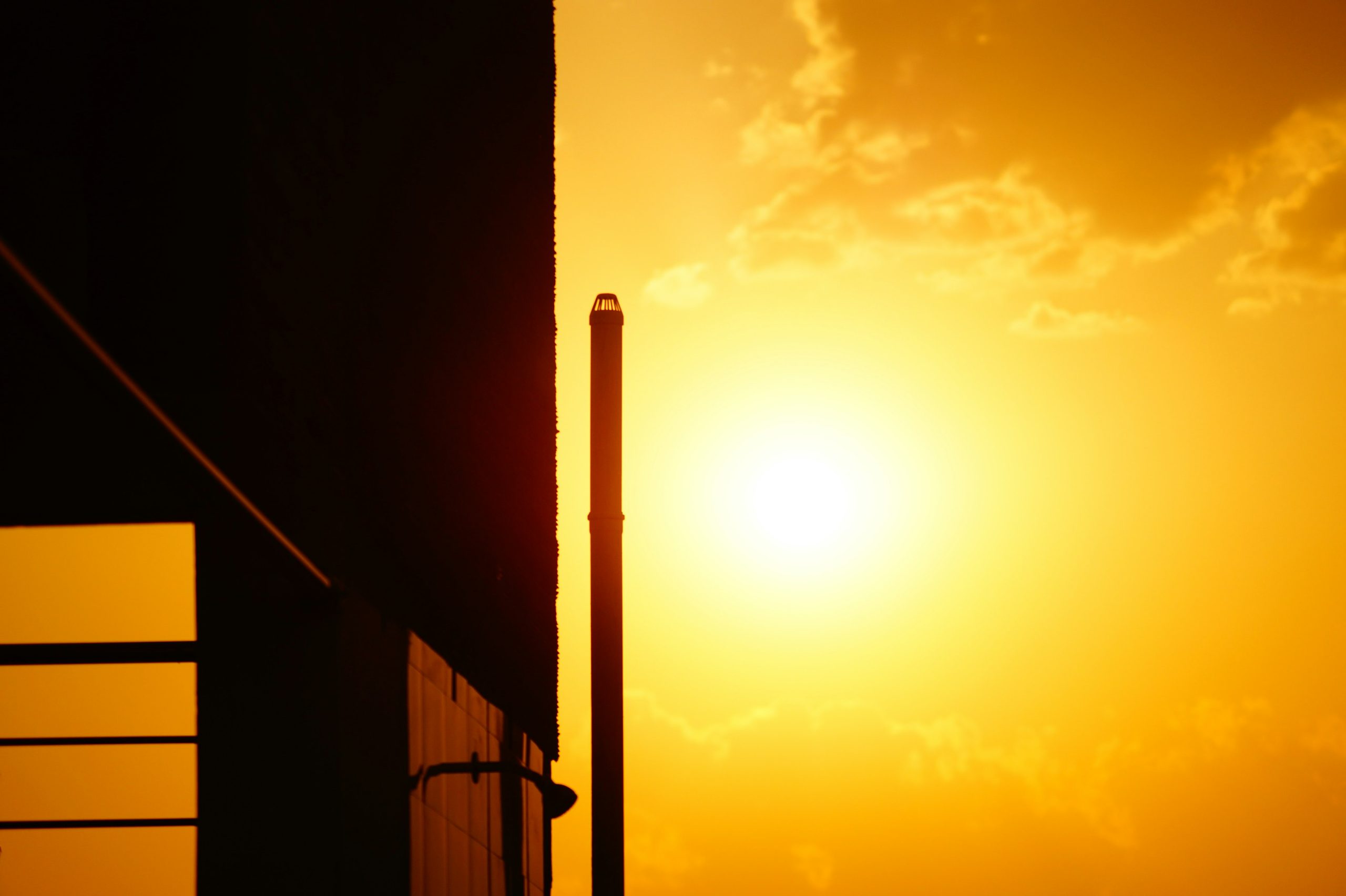City planners and architects replace natural landscapes with concrete jungles, creating environments designed solely for human use. However, in recent decades, people have realized how wasteful and unsustainable it is to maintain such surroundings. This awareness has given rise to green infrastructure, a movement that reintroduces nature into public and private spaces.
Why Green Infrastructure Is a Game-Changer for Urban Environments
Green infrastructure is crucial in sustainability — and in a world that is getting ever hotter, people need all the help they can get to improve sustainability efforts. Cities contribute as much as 70% of all greenhouse gas emissions. Since most of the world’s population lives in urban areas, there is a growing pressure to harmonize how humans and nature cohabitate.
Reintroducing natural elements into human living spaces benefits urban environments by shrinking heat islands, lessening air pollution and managing overwhelmed stormwater systems. Cities need solutions that address these challenges holistically, not improvisationally. Green infrastructure is so powerful due to its multifaceted approach to pursuing sustainability — environmental, social and economic.
Components of Green Infrastructure
Implementing green infrastructure doesn’t mean tearing down cities and starting from scratch. Instead, it involves integrating natural systems into existing urban frameworks.
1. Green Roofs and Walls
Green roofs can replace traditional roofing, providing several benefits. Highly urbanized areas with limited vegetation have higher temperatures, known as the urban heat island effect. Building materials like glass, metal, asphalt and concrete absorb heat during the day and release it at night.
Vegetated roof systems and walls can lessen this effect. Green roofs’ surface temperature is 56 degrees Fahrenheit lower, on average, than traditional roofing. These also reduce stormwater runoff by absorbing it through the root systems, which mitigates flooding. Additionally, green fittings filter pollutants from the air, especially sulfur dioxide and nitrogen compounds.
Their cooling effect lowers air-conditioning demand, directly affecting the associated air pollution and greenhouse gas emissions that cities produce.

2. Permeable Pavements
Traditional concrete or asphalt pavements contribute to the heat island effect and urban flooding, especially in city centers with little landscaping. Paved sidewalks soak up rain by allowing water to filter through, effectively reducing peak water discharge by 60% to 75%. Permeable pavements can replace these surfaces and reduce the extensive use of conventional materials. Builders can also install more advanced systems that collect rainwater and recycle it for other purposes.
3. Urban Tree Canopy
Urbanization is a leading driver of forest loss as worldwide populations grow alongside demand for resources like fuel, food and shelter. Net forest losses reached 78 million hectares in 2020, with companies deforesting 10 million hectares annually.
A lack of tree coverage exacerbates climate change, desertification and soil erosion, among other problems. Cities need a healthier tree cover, and the way to reintroduce it is by planting native trees on streets, parks and public squares. Urban trees also tackle the heat island effect by altering evapotranspiration processes and providing shade to their immediate surroundings. Tree shading reduces temperatures by an average of 37.5 degrees Fahrenheit, blocking harmful UV rays and cooling the environment.
4. Rain Gardens and Bioswales
Human-made rain gardens are shallow ground depressions that capture and filter water runoff. Bioswales work similarly, but have much more sophisticated engineering and typically feature layers of gravel and perforated underground pipes to handle larger water volumes.
Native plants and grasses require less maintenance and encourage deep roots that absorb the water, allowing it to percolate through the soil. The plants, rocks and dirt slow the absorption, which will enable pollutants to settle out first. Engineering improves stormwater quality, prevents soil erosion and passively irrigates urban greeneries. Install rain gardens or bioswales in parking lots, streetscapes and residential developments with extensive concrete usage as an alternative to storm drains and all-concrete gutters.

5. Parks and Green Corridors
Densely populated cities benefit from parks as leisure centers, but they contribute even more to the environment. Parks are powerful in preserving biodiversity, especially in areas with scarce greenery. Green spaces act as havens for flora and shelter for urban fauna.
Trees, shrubs and grasses also absorb CO2 emissions, lowering harmful pollutants. One tree can effectively remove up to 48 pounds of carbon dioxide annually.

The Triple Bottom Line — Environmental, Social and Economic Gains
Green infrastructure’s multi-aspect approach benefits urban areas by tackling the various issues that threaten cities. Instead of tackling each problem individually, it’s a solution that addresses all three simultaneously.
The environment thrives when urban areas incorporate green infrastructure. It promotes healthier biodiversity for plants and animals and improves the air and water quality for residents. They ease the pressure on traditional drainage systems and reduce runoff, lessening flood risks.
Connecting with nature also enhances human well-being. It boosts mental health, reduces stress and promotes physical and social activity. Compared to a drab, utilitarian urban space, humans experience improved emotional reactivity and well-being — bringing a literal breath of fresh air for city dwellers.
Cities also benefit economically from parks and green spaces. Properties adjacent to parks experience a 20% price increase and can raise residential prices by almost 5% when located approximately 300 feet from a home. Green infrastructure’s cooling effects reduce energy consumption. Reduced pollution lowers health care costs, while landscaping and maintenance create jobs. Investing in green infrastructure is a wise strategy with significant returns.
A Sustainable Future Starts With Green Infrastructure
As urban areas expand, the need to integrate green infrastructure becomes more urgent. The pressure to balance economic stability with ecological responsibility is higher than ever. These systems and fittings create cities that work with nature instead of against it for a more sustainable future.
